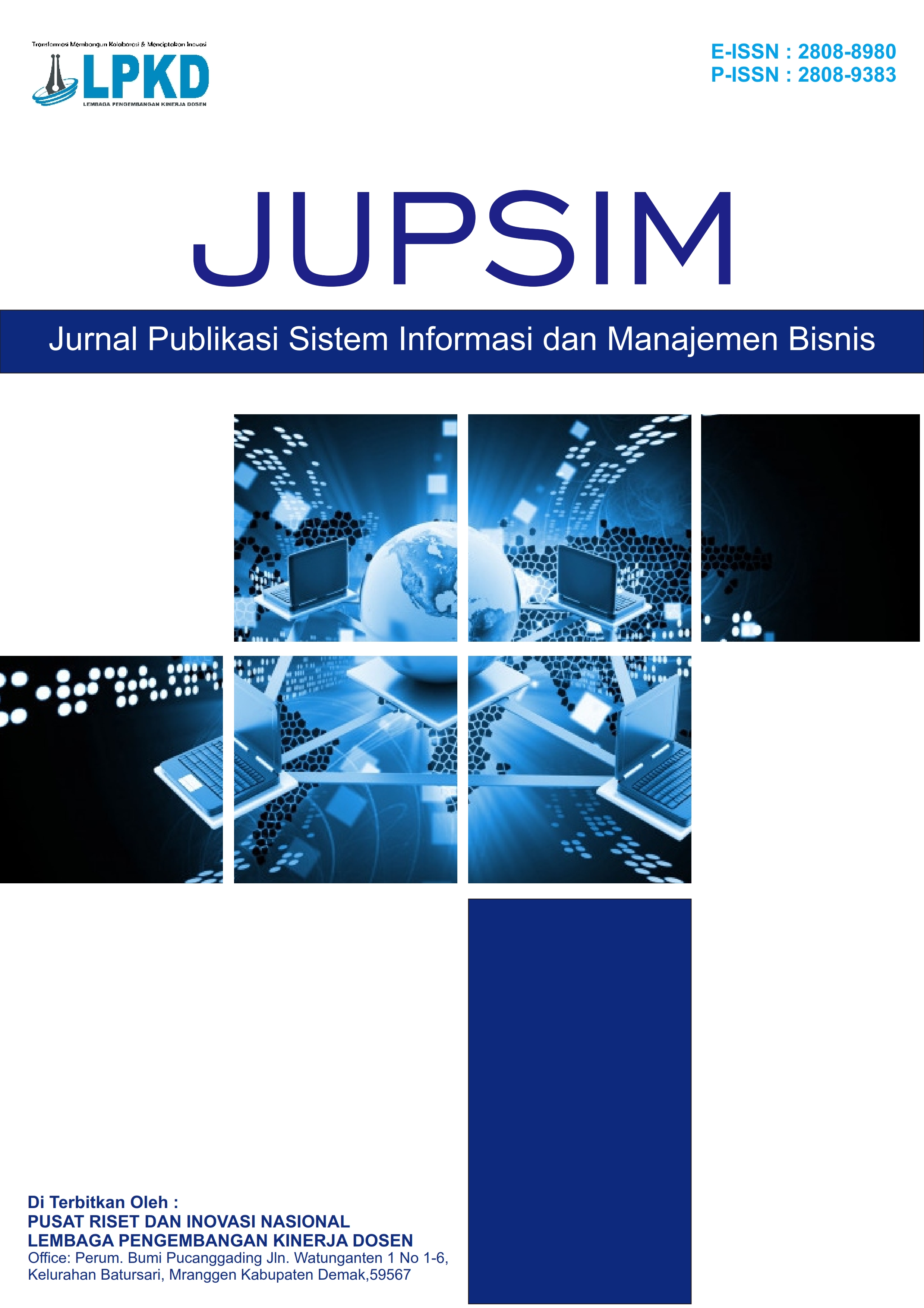Konflik dan Peluang Sosial Ekonomi Akibat Kurangnya Lahan Parkir Karyawan di Lingkungan PT. Adonia Footwear Indonesia
DOI:
https://doi.org/10.55606/jupsim.v4i3.5184Kata Kunci:
Community, Companies, Economic opportunities, Parking space, Social conflictAbstrak
This study examines the complex socio-economic dynamics resulting from the limited availability of parking space within the premises of PT Adonia Footwear Indonesia. The imbalance between the high number of employee-owned vehicles and the insufficient parking capacity creates challenges that extend beyond spatial limitations, encompassing issues of safety, user behavior, and the adequacy of supporting infrastructure. In the context of a growing workforce and increasing vehicle ownership, the scarcity of parking facilities has become a pressing concern that requires holistic assessment and problem-solving strategies. The research aims to identify not only the conflicts caused by the shortage of employee parking but also the socio-economic opportunities that arise from this condition. A qualitative descriptive method was applied using a case study approach to capture the detailed and contextual realities of the problem. Data were collected through direct observation, semi-structured interviews with employees, company management, and local residents, as well as documentation review. This triangulation of data sources ensured the validity and richness of the findings. The results indicate that the parking shortage has generated friction between employees and residents living near the factory, primarily due to the use of residential areas for overflow parking. Disputes have arisen over blocked access, noise, and security concerns. However, the situation has also fostered new economic activities, particularly the emergence of informal paid parking services managed by local residents, which provide them with additional income. This dual impact highlights the parking issue as both a source of social tension and a driver of community-based microeconomic opportunities. The study concludes that a collaborative approach between the company and surrounding residents offers a viable and sustainable solution. Initiatives such as formal partnerships for managed parking services, infrastructure improvements, and the implementation of employee vehicle management policies could mitigate conflict while enhancing mutual economic benefits.
Referensi
Affrt. (2022). Dimulai dengan penyusunan kebijakan parkir karyawan. https://www.affrt.com/id/drafting-an-employee-parking-policy.html?utm_source=chatgpt.com
Amelia, A., Agustin, I. W., & Mulyono, D. M. U. (2016). Pengaruh parkir di badan jalan terhadap kinerja jalan di Jalan Kawi Atas dan Jalan Gatot Subroto Kota Malang. Eternitas: Jurnal Teknik Sipil, 2(1), 40–49. https://doi.org/10.30822/eternitas.v2i1.1756
Direktorat Jenderal Perhubungan Darat. (1996). Pedoman teknis penyelenggaraan fasilitas parkir departemen. JATI (Jurnal Mahasiswa Teknik Informatika), 5(1), 261–267. https://doi.org/10.36040/jati.v5i1.3281
LinkedIn. (2023). PT. Adonia Footwear Indonesia – Shoe manufacturer (HuaLi Industrial Group). https://www.linkedin.com
Litman, T. (2006). “Efficiency-equity-clarity” parking management strategies, evaluation and planning. Victoria Transport Policy Institute. www.vtpi.org
Mankiw, N. G. (1998). Teaching principles of economics.
Miles, M. B., & Huberman, A. M. (2023). Qualitative data analysis: A methods sourcebook. In Experiencing citizenship: Concepts and models for service-learning in political science (pp. 109–118). https://doi.org/10.4324/9781003444718-9
Moleong, L. J. (2017). Metode penelitian kualitatif.
Nafisa. (2024). Analisis studi kasus: Pendekatan wawancara dalam penelitian. Solusi Jurnal. https://solusijurnal.com/analisis-studi-kasus-pendekatan-wawancara-dalam-penelitian/?utm_source=chatgpt.com
Oktavira, B. A., & Herlambang, S. (2023). Hukumnya parkir sembarangan di depan rumah tetangga. Hukum Online.com. https://www.hukumonline.com/klinik/a/parkir-didepan-rumah-yang-menganggu-kenyamanan-lt508905b609bf6/?utm_source=chatgpt.com
Rogers, R., & Botsman, R. (2010). What’s mine is yours. Trends in Genetics, 16(September), 6. https://doi.org/10.1016/s0168-9525(00)00086-x
Sekretariat Daerah Kabupaten Tegal. (2024). Pembangunan pabrik sepatu senilai 220 juta USD di Warureja serap 45 ribu tenaga kerja. https://setda.tegalkab.go.id/2023/12/23/pembangunan-pabrik-sepatu-senilai-220-juta-usd-di-warureja-serap-45-ribu-tenaga-kerja/
Shabrinawati, A., & Supriyadi, D. (2016). Kajian perilaku masyarakat terhadap keterbatasan lahan parkir pada kawasan komersial di koridor Jalan Tlogosari Raya, Kota Semarang.
SINDOnews.com. (2024). Tak sediakan parkir karyawan, pengelola gedung kawasan Senopati kena sentil Sudin Perhubungan. https://daerah.sindonews.com/read/1416739/171/tak-sediakan-parkir-karyawan-pengelola-gedung-kawasan-senopati-kena-sentil-sudin-perhubungan-1721120848?utm_source=chatgpt.com
Soekanto, S. (2012). Sosiologi suatu pengantar.
Suadnyana, I. W. S., & Kusumadewi, N. M. L. K. P. (2024). Warga sekitar Art Center kantongi cuan ratusan ribu per hari dari parkir PKB. Detikbali. https://www.detik.com/bali/bisnis/d-7416327/warga-sekitar-art-center-kantongi-cuan-ratusan-ribu-per-hari-dari-parkir-pkb?utm_source=chatgpt.com
Syafitri, E. D. (2019). Kajian preferensi stakeholder terhadap kebijakan jalan berbayar dan parkir progresif: Studi kasus di wilayah urban dan sub-urban, Kota Balikpapan.
Syahrullah, R. (2024). Konflik perebutan lahan parkir di Sekanak yang memicu bentrok antara Dinas Perhubungan dengan sejumlah kelompok. Indonesian Journal of Social Development, 1(2), 1–8. https://doi.org/10.47134/jsd.v1i2.1878
Unduhan
Diterbitkan
Cara Mengutip
Terbitan
Bagian
Lisensi
Hak Cipta (c) 2025 Jurnal Publikasi Sistem Informasi dan Manajemen Bisnis

Artikel ini berlisensiCreative Commons Attribution-ShareAlike 4.0 International License.







